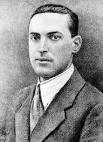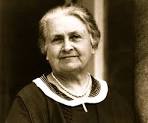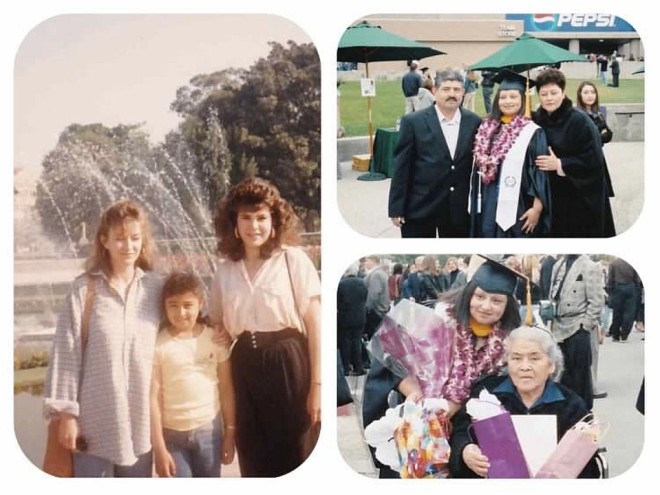In almost all families of every income, ethnicity, and nation, parents want to protect their children while fostering their growth. Yet far more children die from violence (Berger, 2016).
A common stressor that is constant on my mind is the topic of violence in a child’s life. Studies show that 3-4 million children between the ages of 3-17 are at risk of exposure to domestic violence each year (Domestic Violence Roundtable). After college graduation I worked at a center for young children and there was a particular young boy that I constantly remember that young boy. Kindergarten was the first time this child was ever exposed to human interactions other than his mother and step-father. He had no social skills and was extremely violent. He would bit, pinch, slap, and even kick anybody. He would come to the center before and after school and usually his mom would pick him up. As the child constantly got in trouble at school and at the center we would have frequent meetings with mom. Through the meetings we found out that his father was violent man. His mother had been in a domestic abuse relationship until he was three years old. He had watch as his father beat his mother constantly. Now he lived with a step-father that was aggressive and enjoyed teaching the child about hunting and weapons. Most experts believe that children who are raised in abusive homes learn that violence is an effective way to resolve conflicts and problems (Domestic Violence Roundtable). I often wonder what happened to him because his violent behavior would escalate it got to a point that he was being suspended for hitting the teacher. The last time I saw or heard from him was before Christmas break as he was expelled from the school. The police had been called, he stabbed another child with a pencil. The child that had gotten hurt had needed surgery to remove a piece of the pencil from his stomach. I often wonder since the police was called did they press charges on the young boy? He was only 5 years old. Witnessing domestic violence is the single best predictor of juvenile delinquency and adult criminality (Domestic Violence Roundtable). This is constantly in my mind and I often wonder what ever happened to that young boy.
The counselor, the psychologist, and many other school officials had no idea what to do he would get his recess and play time taken away. There were many things that we all tried to help this young boy. One of the most important was constancy and routines because he did not have those at home. The child’s mother would often say that she would continue the same things at home but sometimes the child would return worse to school, especially after holidays. I believe that many young children experience violence in different levels at different ages, some even while they are still in the womb. Domestic violence can scar a child for life.
Since this incident is constantly on my mind, I often do research on this topic because I often wonder could we as professional have been able to do more for this child? If we did could we have prevented the incident of another child getting injured? I have added more resources as I think we could never have too many and maybe if I am ever faced with a similar incident I can have more resources available. I believe that domestic violence can have ramifications on all domains of human development. A child from a domestic violence home learns to accommodate to his or her environment as part of survival. if he/she is the oldest, learn to care for the young siblings and at some point become the caretaker. They can learn to have trust issues and are usually quiet because they are afraid. Cognitively it can affect their language skills, how they learn, and how they think because they are constantly trying to find ways find ways to help and avoid those domestic violence incidents. Domestic violence can also affect psychosocial development because a child can be socially withdrawn, afraid to express emotions, or even make friends. Domestic violence can also affect biosocial development because growing up in a home where there is violence can affect a child’s growth development.
Resources:
Berger, K. S. (2016). The developing person through childhood (7th ed.). New York, NY: Worth Publishers.
http://www.domesticviolenceroundtable.org/effect-on-children.html
https://www.mcedv.org/children-exposed-domestic-violence
https://cdv.org/2014/02/10-startling-domestic-violence-statistics-for-children/
Click to access BehindClosedDoors.pdf
 Quotes by Vygotsky:
Quotes by Vygotsky: Quotes by Maria Montessori:
Quotes by Maria Montessori:
